Understanding Top SD-Wan Advantages And Disadvantages
02 Sept, 20225 minutesThe onset of the pandemic accelerated global firms’ plans to redefine how their businesses o...

The onset of the pandemic accelerated global firms’ plans to redefine how their businesses operated, in particular how they managed their wide area networks (WANs), with software-defined WANs flourishing and secure access service edge (SASE) emerging.
SD-WAN stands for Software-Defined Wide Area Network. It is a modern networking technology that simplifies the management and operation of a wide area network (WAN). Traditionally, WANs were built using hardware-based devices and required dedicated lines like Multiprotocol Label Switching (MPLS) to connect remote sites, branches, and data centers. SD-WAN has emerged as a popular solution for modernizing enterprise networks. By leveraging software-defined principles, SD-WAN offers a more flexible, cost-effective, and efficient approach to managing wide-area networks. However, like any technology, SD-WAN comes with its own set of advantages and disadvantages that organizations need to consider before implementation.
SD-WAN, on the other hand, leverages software-defined networking principles to abstract the underlying hardware and allows network administrators to manage the network centrally through a software-based controller. This approach makes the network more flexible, agile, and easier to scale. By adopting SD-WAN technology, organizations can improve network performance, reduce costs, enhance security, and simplify network management, making it an attractive solution for modern businesses with distributed networks and cloud-based applications.
Software-defined WANs deliver clear benefits and have reached a maturity level that warrants consideration for customers with branch offices. However, enterprises must also weigh the challenges and have accurate anticipation of SD-WAN advantages and disadvantages before they decide to adopt this technology.
Advantages of SD-WAN:
Enhanced Network Performance:
SD-WAN's ability to optimize network performance is a key advantage that stems from its intelligent traffic routing, load balancing, and Quality of Service (QoS) prioritization features. By dynamically analyzing network conditions and application requirements, SD-WAN ensures efficient data flow across the network. This leads to reduced latency and improved application performance, especially for cloud-based applications. With SD-WAN's ability to prioritize mission-critical traffic and allocate bandwidth based on application needs, users experience enhanced responsiveness and a seamless user experience, regardless of their location.
Cost Savings:
SD-WAN's cost-saving capabilities are particularly appealing to organizations seeking to reduce their networking expenses. Traditional WAN architectures often rely on expensive dedicated lines like MPLS to connect branch offices. SD-WAN, however, enables organizations to leverage a combination of cost-effective broadband internet, MPLS, and even cellular connections to create a hybrid network. This flexible approach allows non-critical traffic to be routed through more affordable broadband links, while reserving higher-priced MPLS connections for essential applications and data. As a result, organizations can achieve substantial cost savings on connectivity without compromising performance or security.
Centralized Management and Orchestration:
Centralized management and orchestration are among SD-WAN's most transformative advantages. Through a single interface, network administrators gain comprehensive visibility and control over the entire network. This centralization streamlines policy deployment, configuration, and monitoring, significantly reducing the complexity and time required for network management tasks. Moreover, it enables rapid troubleshooting and problem resolution, enhancing overall network reliability and efficiency. The ability to centrally manage the network also facilitates the implementation of consistent security policies across all branches, ensuring a more robust and cohesive security posture.
Scalability and Agility:
SD-WAN's software-defined nature empowers organizations with unparalleled scalability and agility. Adding new branch locations or increasing bandwidth capacity is achieved through software-based configurations, eliminating the need for extensive hardware upgrades. This agility is particularly beneficial for organizations undergoing rapid expansion, frequent changes to their network infrastructure, or businesses that need to adapt swiftly to market demands. SD-WAN's ability to accommodate evolving business requirements efficiently makes it an ideal solution for companies looking to scale their network without significant disruptions.
Improved Security:
SD-WAN offers notable advancements in network security compared to traditional WANs. It enhances data security through encrypted traffic and secure authentication mechanisms, mitigating the risk of unauthorized access and data breaches. SD-WAN also facilitates network segmentation, enabling organizations to isolate traffic between different branches, departments, or user groups. Additionally, some SD-WAN solutions incorporate built-in security functionalities like firewalls and intrusion prevention systems, adding an extra layer of protection. By fortifying the network with these security measures, organizations can bolster their defense against cyber threats and maintain the integrity of their sensitive data.
Disadvantages of SD-WAN:
Initial Deployment Complexity:
Implementing SD-WAN may present challenges during the initial setup and integration process, particularly when incorporating SD-WAN into an existing network environment with legacy systems. Proper planning, expertise, and collaboration with experienced SD-WAN service providers are essential to ensure a smooth deployment and minimize potential disruptions during the transition.
Potential Bandwidth Constraints:
While SD-WAN optimizes network performance, organizations must be cautious about relying solely on lower-cost broadband connections for critical applications. Depending on the location and provider, broadband links may suffer from bandwidth limitations and variable performance. To address this issue, organizations should implement effective traffic management policies and consider bandwidth requirements carefully to avoid any performance bottlenecks during peak usage times.
Security Concerns:
Despite its improved security features, some organizations may remain cautious about transmitting sensitive data over public internet connections. To address these concerns, robust encryption and authentication protocols must be in place to safeguard data integrity during data transmission. For highly regulated industries or organizations handling sensitive information, private or dedicated connections may be preferred over public internet connections for added security.
Quality of Service (QoS) Management:
While SD-WAN allows for QoS prioritization, managing QoS across multiple links and branch offices can be complex. Organizations need to carefully configure QoS policies to ensure that critical applications receive the necessary bandwidth and latency requirements. Adequate testing and monitoring are necessary to ensure that QoS policies function as intended and deliver the desired performance.
Dependence on Internet Connectivity:
SD-WAN's reliance on internet connectivity means that any disruptions or outages in the internet connection may impact the entire network's performance. Organizations must have redundancy options, failover mechanisms, and backup plans in place to maintain network continuity and ensure uninterrupted business operations. Properly engineered failover strategies are crucial to minimize the impact of internet connectivity issues and maintain high availability.
To Conclude
SD-WAN offers a compelling array of advantages, including enhanced network performance, cost savings, centralized management, scalability, and improved security. However, it is essential for organizations to carefully assess and address the potential disadvantages, such as initial deployment complexity, potential bandwidth constraints, security considerations, QoS management challenges, and dependence on internet connectivity.
By partnering with experienced SD-WAN service providers or IT experts and conducting a thorough analysis of their network requirements, organizations can successfully harness the power of SD-WAN to optimize their network infrastructure. With careful planning, implementation, and ongoing management, SD-WAN can revolutionize an organization's networking capabilities, enabling them to meet the demands of today's digital landscape.
We offer a dedicated, specialized staff who can discuss your hiring needs if you are looking to hire for networking positions or alternatively help you find the ideal role if you are searching for a network-based role. Click here to reach out to us right away.






